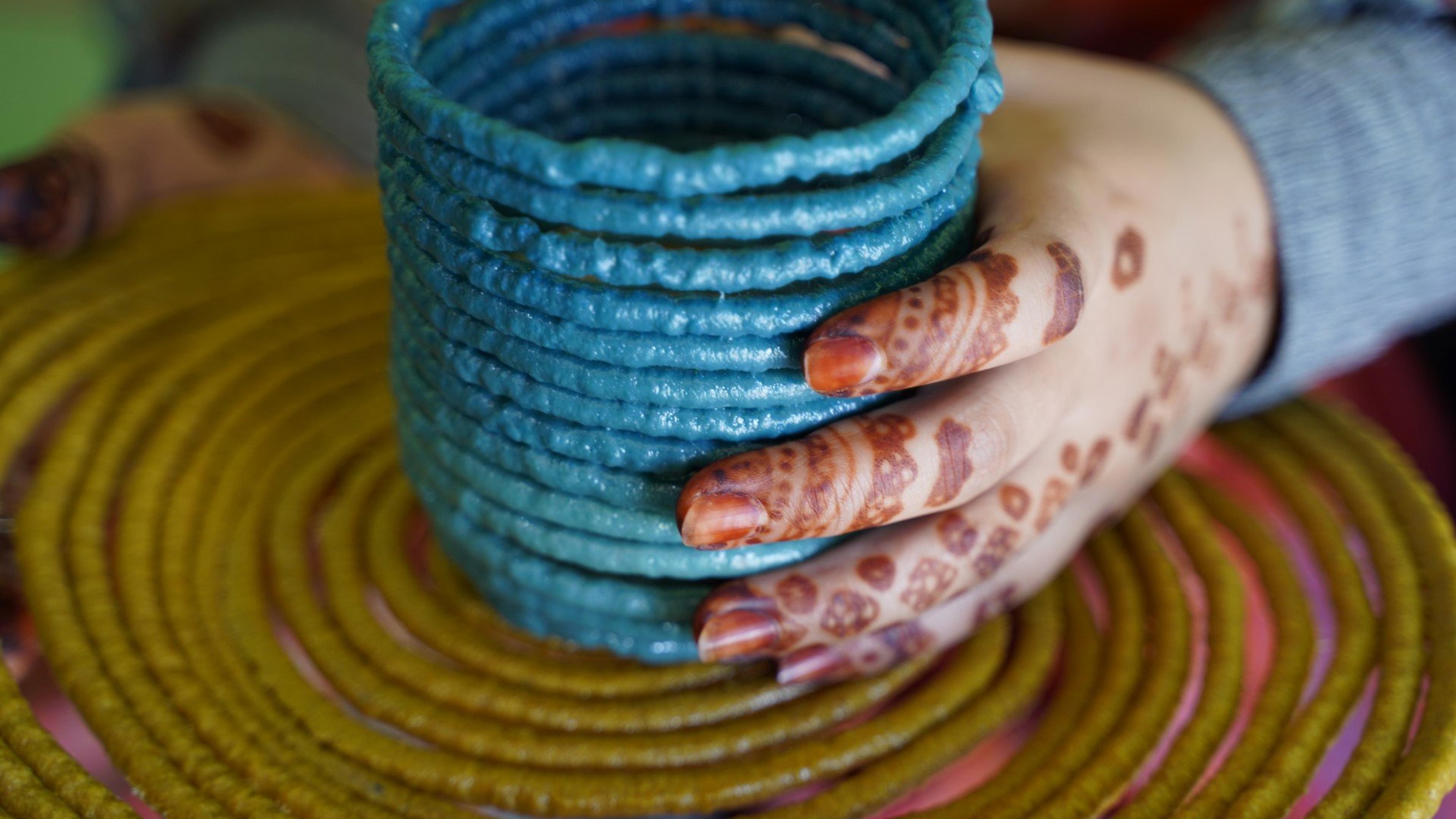Let's talk about business models!
 © Megan Lee
© Megan LeeThe main focus of innovation activities is often the development of products and services. We tend to forget that the supporting business models, in many cases, are the most important part of an innovation. In fact, research shows that one of the main reasons for failed innovations is the lack of a viable business model. The most traditional business model for humanitarian assistance is obviously donor financing. This is an important pillar of our work. However, to continue our efforts to bridge the financing gap, and to fully utilise the power of cross-sectorial partnerships and digital developments, it is important that we also explore, develop and utilise other business models for humanitarian impact. Careful considerations of which business model is needed to implement and scale any given innovation, can mean the difference between an innovation process that ends after the pilot, and a process that continues through implementation and scale.
How can we leverage new business models to increase the sustainability of products and services that are delivered to affected people? Several of the innovation projects supported by the Humanitarian Innovation Programme are working on this:
H2Grow is World Food Programme’s hydroponics initiative that brings low-tech, locally adapted and affordable hydroponic farming to communities around the world. In Kenya, H2Grow is creating a financially sustainable path to scale hydroponics for urban food production, through the use of asset-based loans, financed through a blend of private capital and grant funding.
- The reason why we are doing all of this, ultimately is to impact more families with long-term income sources. This model will allow WFP, to mobilize private capital from impact investors, development banks, or individual investors, widening the pool of funds that we can potentially tap into, and allowing us to ultimately provide even more families with assets. For the farmer, we hope that the loan-model will increase a sense of ownership and the sustainability of our efforts after WFP has transitioned out, says Tatenda Shoko, project lead at WFP Kenya.
An increased sense of ownership is also one of the findings from UNHCR’s pilot project in Algeria, where they have set up a plastic recycling workshop that the refugees are now running. They are aiming to develop a circular business model where plastic is collected and transformed into new and useful products. The aim is to address the growing problem of plastic waste, while also providing income and job opportunities for the refugees.
- The Saharawi refugees who run the workshop were involved in the whole process, so they consider it their own and understand the whole cycle of the creation from waste to value. This also makes it easier and more efficient to do repairs. The plastic problem exists in many humanitarian contexts, so this plastic recycling plant will be of interest to all working in humanitarian settings, and we hope it will be replicated to other camps, says associate reporting officer at UNHCR, Marina Villuendas.
UNHCR’s Refugee Environmental Protection Fund (REP Fund) represents another interesting business model. This project seeks to develop financing mechanisms using the carbon market to invest in cooking programmes and reforestation in climate-vulnerable refugee-hosting areas globally. The Fund seeks to plant tens of millions more trees and enable hundreds of thousands of refugees and their hosts to access clean cooking solutions over the next decade.
- In registering and verifying the carbon impact of these programs, to generate the first-ever large-scale refugee-generated carbon credits, the REP Fund will link refugees and host communities to the global carbon markets, empowering them to become part of the global movement to combat climate change, says Innovative Finance Officer Siddhartha Sinha at UNHCR.
Innovative business models represent a new way of working for most humanitarians, and is in some cases an important step towards increased sustainability and scalability of an innovation. We have collected some tools and resources to help you on your way when developing sustainable business models for your projects here.